古典音乐介绍英文版ppt
- 格式:ppt
- 大小:2.34 MB
- 文档页数:13
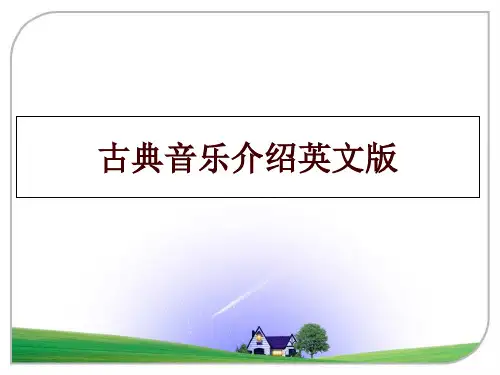
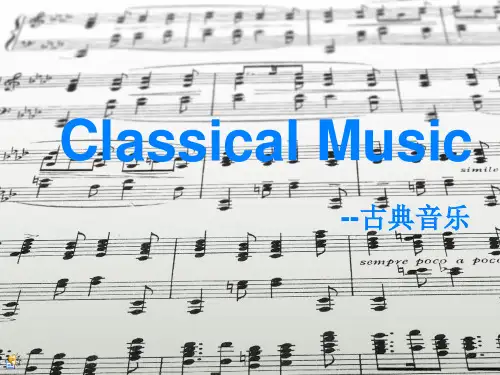

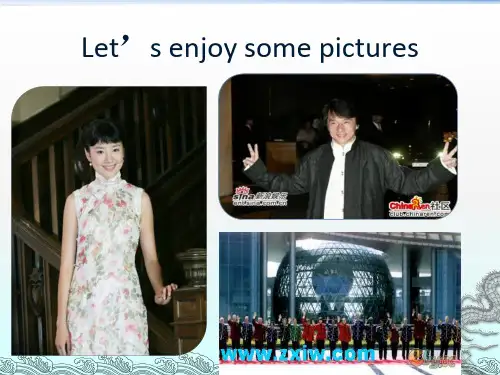




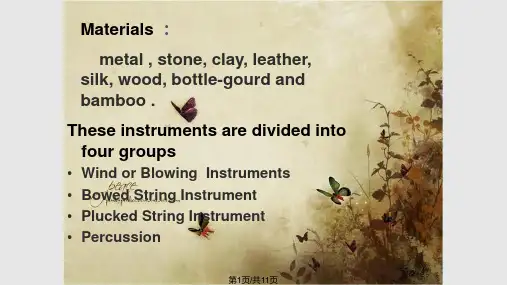

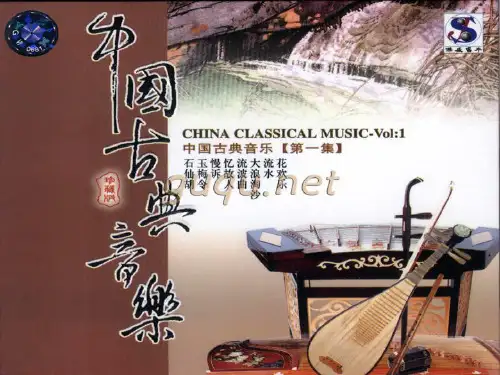
中国古典音乐英语Chinese classical music is characterized by complex rhythm and melodic patterns, known for its deep connection to Chinese culture and history. It is one of world’s oldest musical forms, dating back to the 6th century.Chinese musical instruments, such as erhu, zheng, guzheng and dizi, are used to create music of intricate and diverse sounds. Traditional Chinese music is divided into two categories based on their melodic structure: qin melodies and songs. Qin melodies employ note patterns that were traditionally used for guqin (a seven-stringed plucked instrument), while songs – including operatic and folk tunes – focus on the expression of feelings through words and melodies.Chinese classical music has has been used in various settings, from ancient ceremonials and worship, to celebrations and rituals. Throughout the centuries, Chinese Classical music has been greatly influenced by variousforeign music styles, including Tibetan, Tibetan-Mongol, Uyghur and Arabic.Chinese classical music places emphasis on the emotion, timbre, and expressivity of a performance. Through its characteristic complex rhythms and melodies, the music seeks to evoke feelings such as happiness, grief, passion, and peace. Historically, some of the greatest expressions of Chinese classical music were featured in court performances. Today, it can be heard in works for the theatre and in concerts featuring a fusion of traditional and modern musicalinstruments.Chinese classical music has a long history and is still very much alive in modern day China. Like any other type of art, it is constantly evolving and getting new approaches and interpretations. Its influence has reached even beyond the country’s boundaries, helping to shape the art and culture of the world. Its complexity and flavor can touch anyone and is sure to continue to be an important part of the Chinese culture and musical history around the world.。